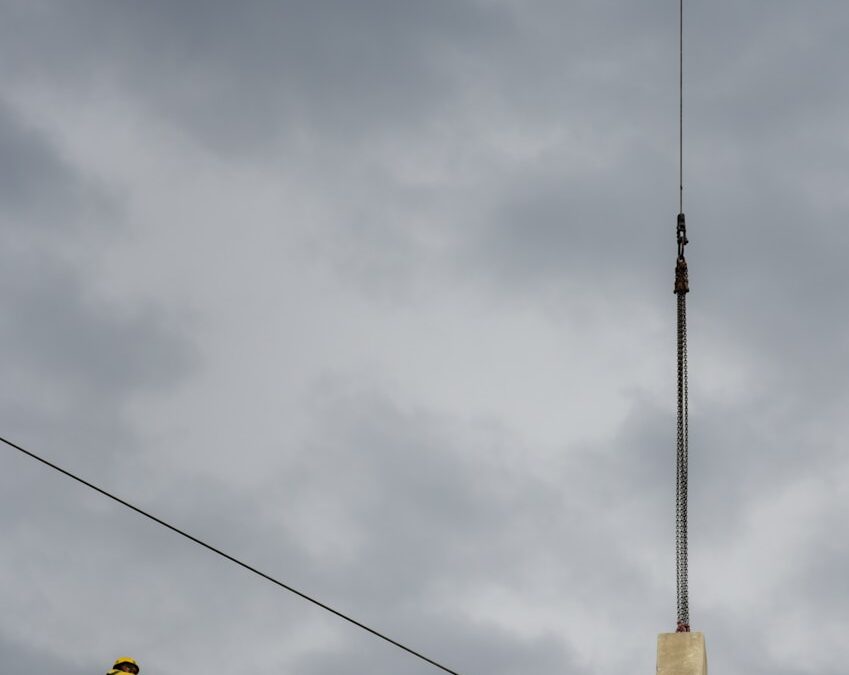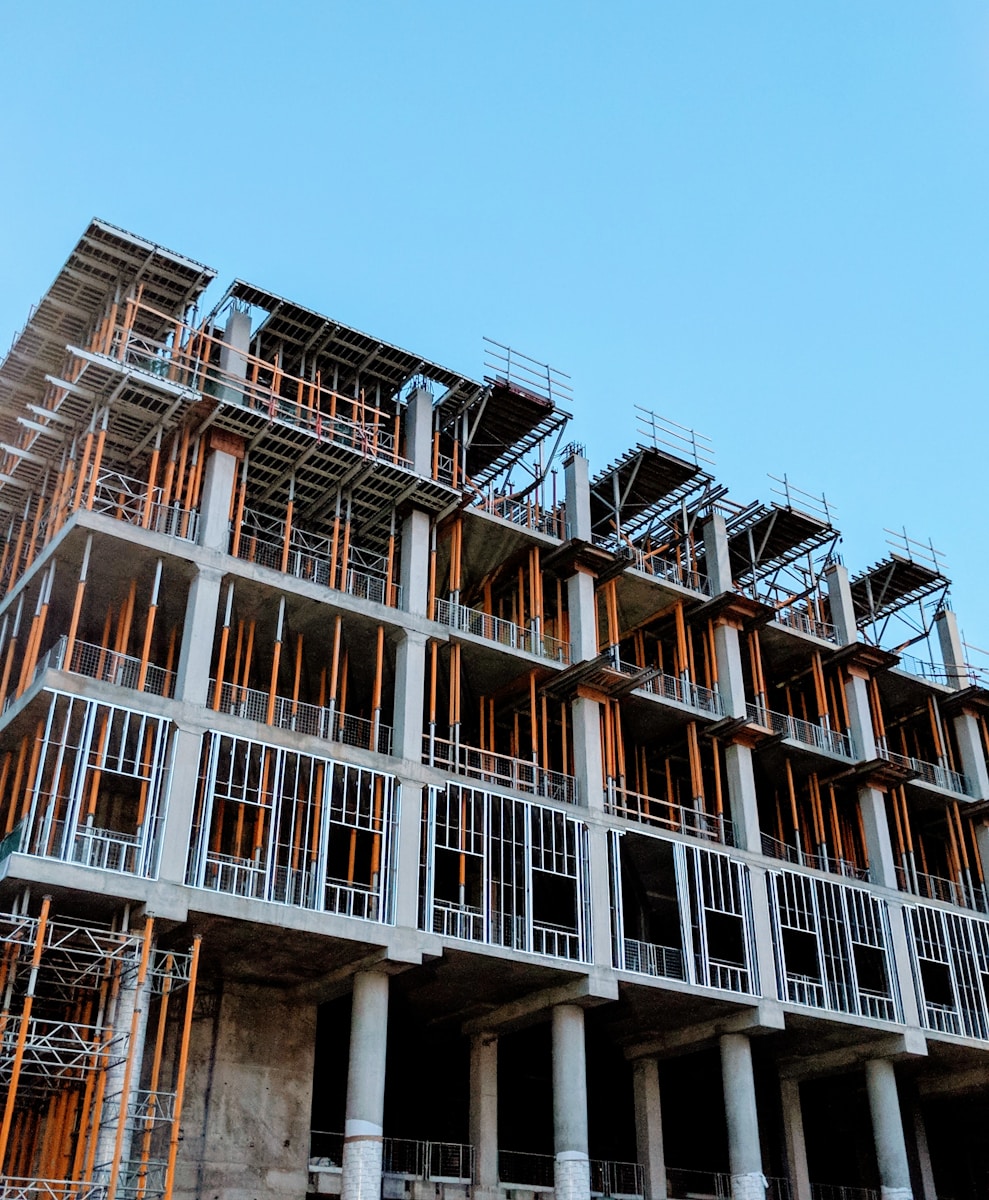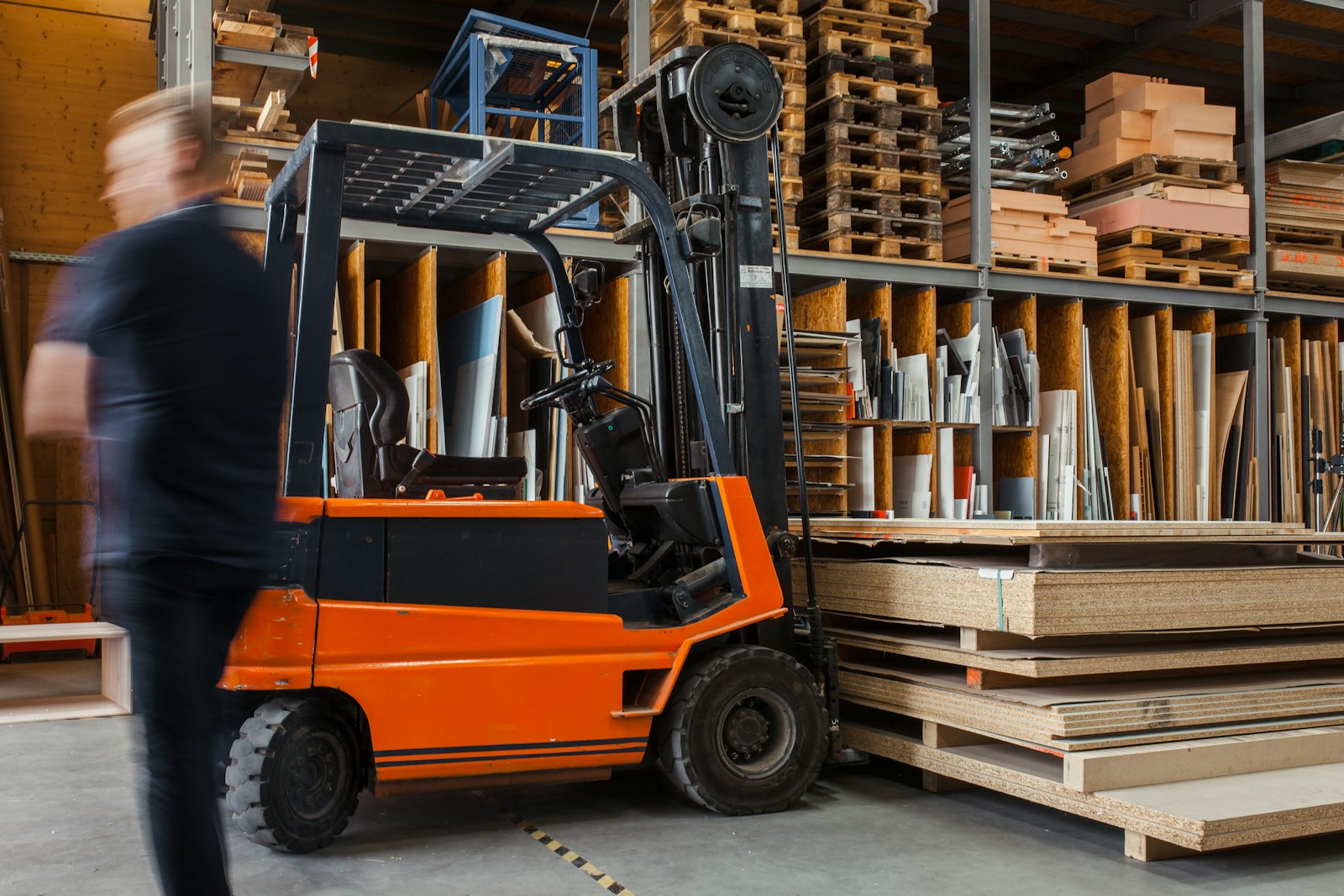Integrating BIM and Digital Twins for Lean Construction Practices
Introduction to BIM and Digital Twins
Building Information Modeling (BIM) and digital twins have become pivotal in advancing lean construction practices. Lean construction aims to maximize value while minimizing waste, an objective well-supported by the integration of BIM and digital twins. These technologies provide detailed and dynamic models of buildings, facilitating precise planning, real-time monitoring, and efficient resource management.
In Saudi Arabia and the UAE, regions known for their ambitious construction projects, the adoption of BIM and digital twins is revolutionizing the construction industry. By creating virtual replicas of physical assets, these technologies allow stakeholders to visualize the entire project lifecycle, from design and construction to maintenance and operation. This holistic view enables better decision-making and proactive management of potential issues.
BIM serves as a comprehensive database containing detailed information about every aspect of a building project. It includes 3D models, material specifications, and project timelines, enabling seamless collaboration among architects, engineers, and contractors. Digital twins, on the other hand, extend the capabilities of BIM by integrating real-time data from sensors and IoT devices. This combination creates a live, interactive model that reflects the current state of the physical building, allowing for continuous monitoring and optimization.
Reducing Waste and Enhancing Efficiency
The integration of BIM and digital twins is instrumental in supporting lean construction practices by identifying and reducing waste and inefficiencies. In the fast-paced construction environments of Riyadh and Dubai, where timely project completion is crucial, these technologies offer significant advantages.
One of the primary benefits of BIM and digital twins is their ability to streamline construction processes. By providing accurate and up-to-date information, these technologies minimize errors and rework, leading to substantial cost savings. For example, BIM can detect clashes and conflicts in the design phase, preventing costly modifications during construction. Digital twins further enhance this capability by providing real-time data on construction progress, enabling project managers to identify deviations from the plan and implement corrective actions promptly.
Additionally, BIM and digital twins facilitate better resource management. By analyzing data on material usage and equipment performance, project managers can optimize resource allocation and reduce waste. This approach aligns with the principles of lean construction, which emphasize the efficient use of resources to create maximum value. In regions with large-scale projects like NEOM in Saudi Arabia and Expo 2020 in Dubai, these efficiency gains are particularly valuable.
Enhancing Collaboration and Communication
Effective collaboration and communication are essential for the successful implementation of lean construction practices. BIM and digital twins play a crucial role in enhancing these aspects by providing a common platform for all project stakeholders. This shared platform ensures that everyone has access to the same information, reducing misunderstandings and fostering better teamwork.
In the context of Saudi Arabia and the UAE, where multinational teams often work on complex projects, the ability to collaborate seamlessly is vital. BIM allows for the integration of various disciplines into a single model, enabling architects, engineers, and contractors to work together more effectively. Digital twins take this a step further by providing real-time data that can be shared among stakeholders, ensuring that everyone is aware of the current project status and any potential issues.
Moreover, these technologies support better decision-making by providing detailed insights into project performance. For instance, digital twins can monitor energy consumption and environmental conditions, allowing project managers to make informed decisions about sustainability measures. This capability is particularly important in regions like the Middle East, where environmental considerations are becoming increasingly significant.
The Future of Lean Construction with BIM and Digital Twins
Innovations Driving the Construction Industry
The future of lean construction in Saudi Arabia and the UAE looks promising with the continued integration of BIM and digital twins. These technologies are set to drive further innovations, enhancing the efficiency and sustainability of construction projects. As digital twins become more sophisticated, their applications will expand, providing even greater benefits to the construction industry.
One area of potential growth is the use of artificial intelligence (AI) and machine learning to enhance the capabilities of BIM and digital twins. AI can analyze vast amounts of data generated by these technologies, providing predictive insights and recommendations. For example, AI algorithms can predict equipment failures or identify patterns that indicate potential risks, allowing project managers to take proactive measures.
Blockchain technology also has the potential to enhance the integration of BIM and digital twins. By providing a secure and transparent record of all project-related transactions, blockchain can improve trust and accountability among stakeholders. This transparency is particularly valuable in large-scale projects, where multiple parties are involved, and ensuring data integrity is crucial.
Applications in Smart Cities and Infrastructure
Beyond individual construction projects, BIM and digital twins are poised to play a significant role in the development of smart cities. In visionary projects across Riyadh and Dubai, these technologies provide a foundation for efficient urban planning and management. By creating digital replicas of city infrastructure, planners can monitor and optimize the performance of utilities, transportation systems, and public services in real time.
For instance, digital twins can help manage traffic flow, reduce energy consumption, and enhance public safety by providing real-time data on various aspects of city life. This capability aligns with the goals of smart city initiatives, which aim to create sustainable, livable urban environments through the use of advanced technology.
Conclusion
BIM and digital twins are transforming the construction industry by supporting the implementation of lean construction practices. These technologies reduce waste and inefficiencies, enhance collaboration and communication, and drive innovations in project management. In regions like Saudi Arabia and the UAE, where large-scale construction projects are common, the adoption of BIM and digital twins offers significant advantages in terms of efficiency, cost savings, and sustainability.
As the capabilities of these technologies continue to evolve, their applications will expand, providing even greater benefits to the construction industry and beyond. For business executives, mid-level managers, and entrepreneurs, investing in BIM and digital twin technology can drive efficiency, improve project outcomes, and position their organizations for success in a rapidly changing world.
#BIM #DigitalTwins #LeanConstruction #WasteReduction #Efficiency #ProjectManagement #SaudiArabia #UAE #Riyadh #Dubai #AI #Blockchain #ExecutiveCoaching #GenerativeAI #BusinessSuccess #LeadershipSkills









